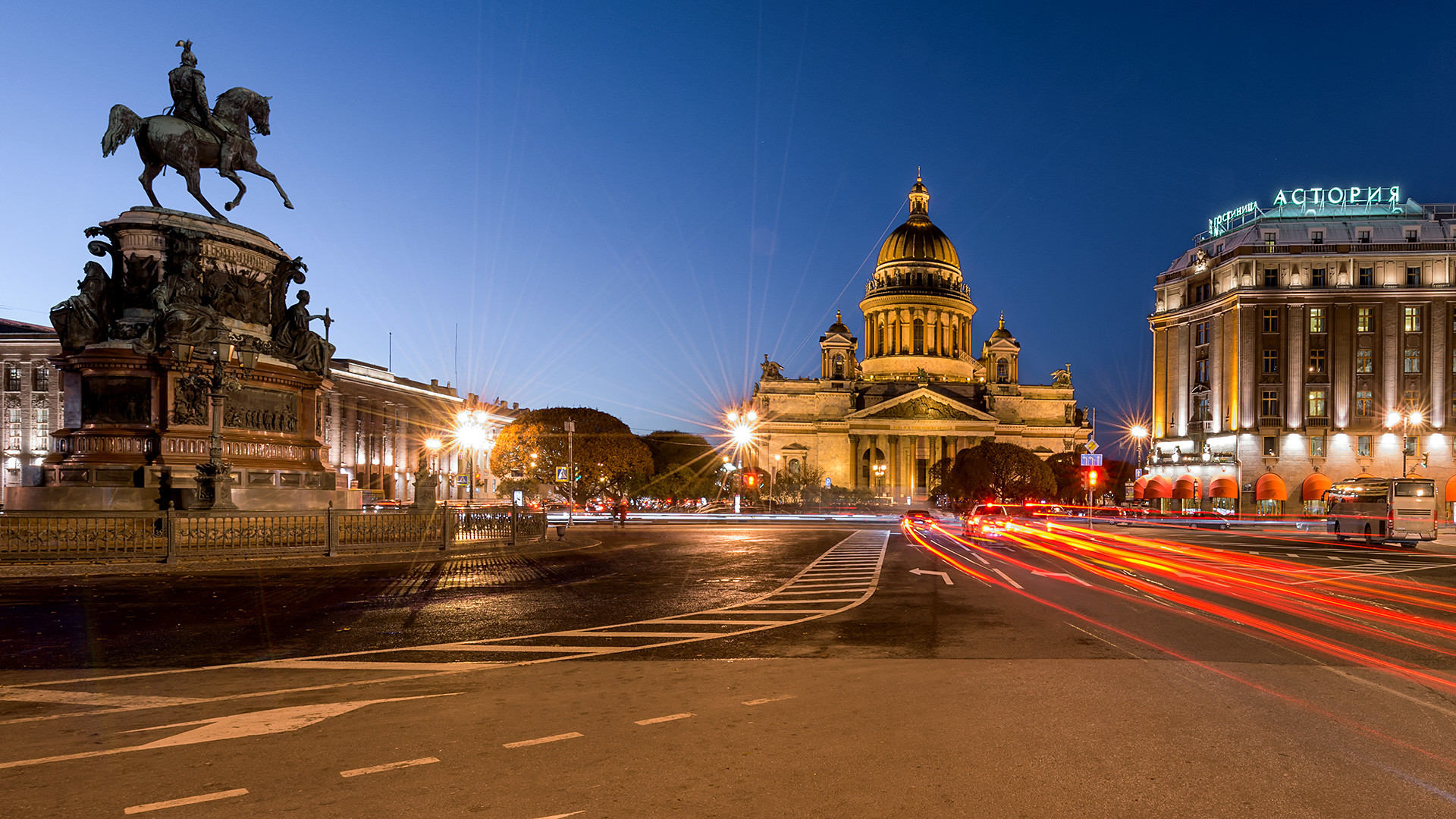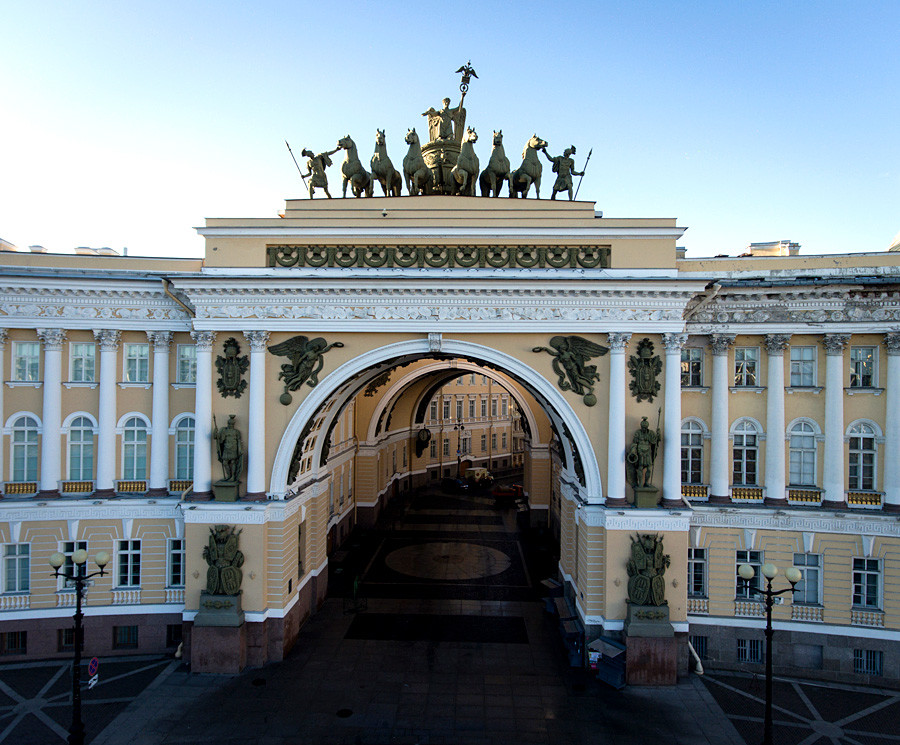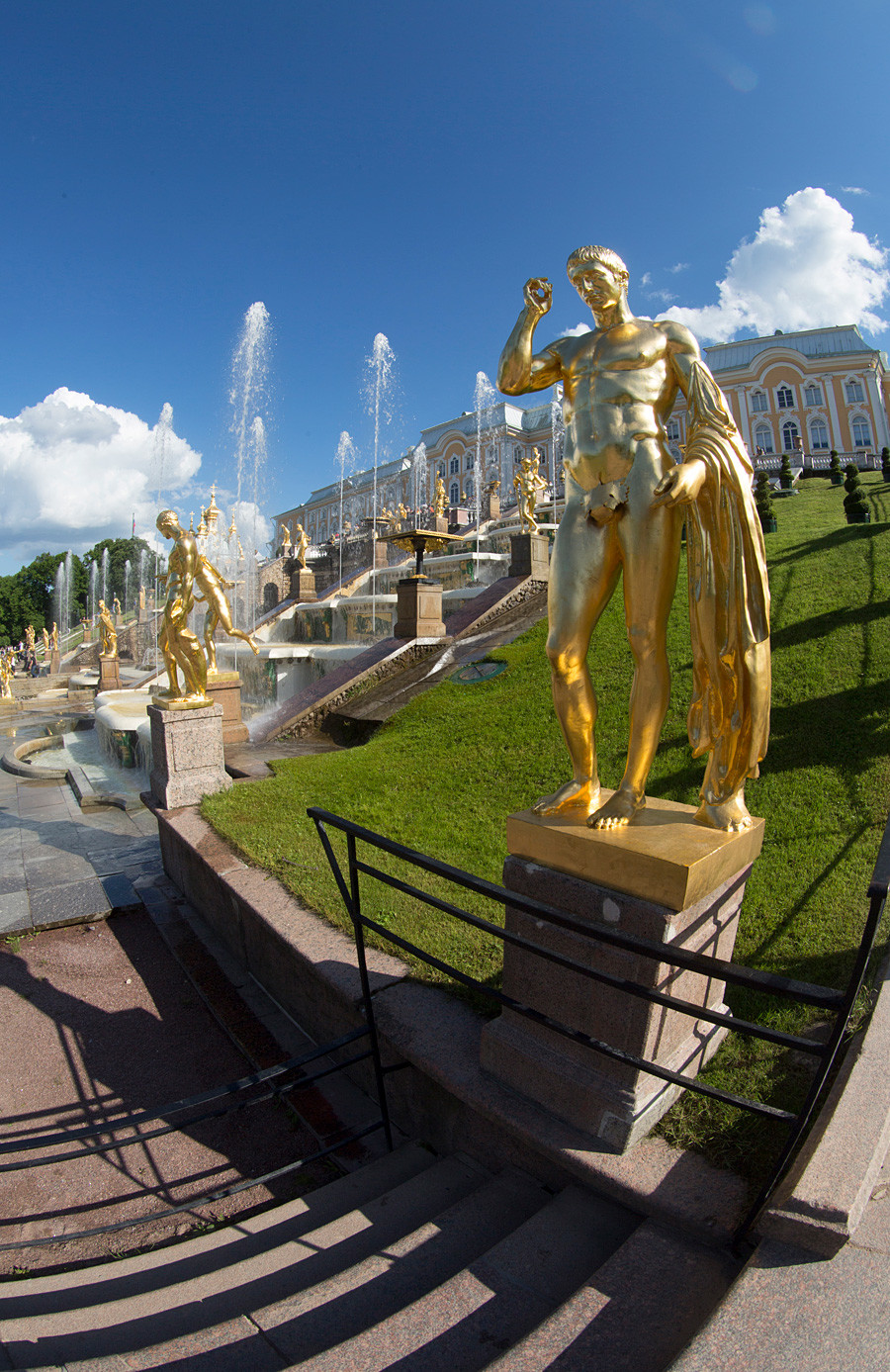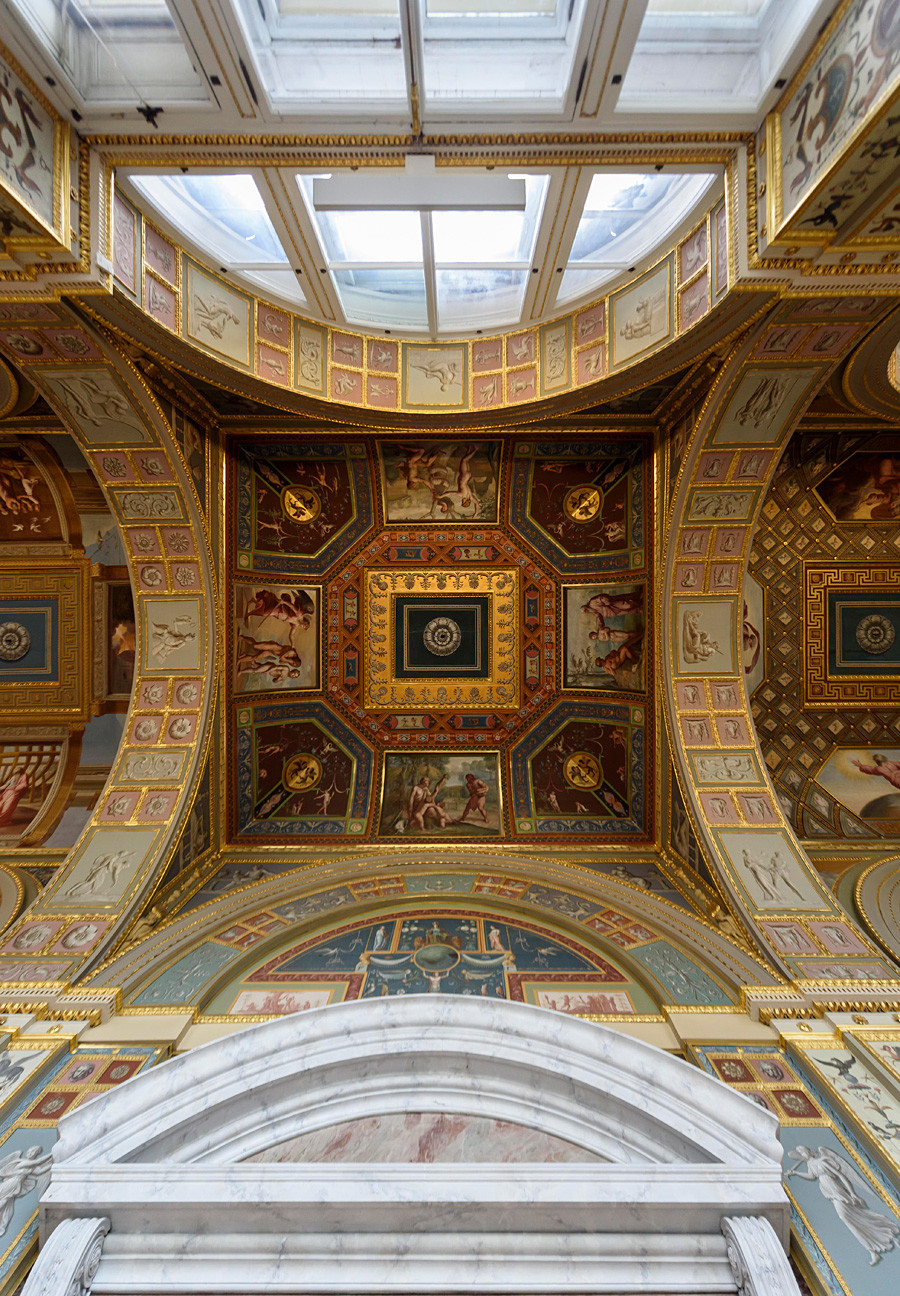All you ever wanted to know about St. Petersburg

St. Petersburg was founded in 1703 by Peter the Great. However, from 1914 to 1924 it was renamed Petrograd, and from 1924 to 1991 - Leningrad.
Why was St. Petersburg renamed?
The first name given by Peter I has obvious roots: St. Peter + burg (city). The city was renamed Petrograd in 1914 when WWI started to make it sound less German. Then the city was named Leningrad after the death of Vladimir Lenin in 1924, before it was returned to its original title after the collapse of the Soviet Union.
Interesting fact: The surrounding region is still known as Leningrad Oblast.
Was St. Petersburg the capital of Russia?
It was. Peter the Great decided to move the capital from Moscow to St. Petersburg in 1712, a few years before the Russian Empire was established.
The city remained the capital until the Empire’s demise following the 1917 Revolution. The Bolsheviks moved the capital back to Moscow in 1918 fearing foreign invasion. Next year marks 100 years since the city was finally baptized the center of Russia.
 The statue of Peter the Great in Saint Petersburg at sunset.
The statue of Peter the Great in Saint Petersburg at sunset.
Why is St. Petersburg important?
St. Petersburg is Russia`s second largest city after Moscow with more than five million inhabitants. Located on the Neva River, it has a strategically important port on the Baltic Sea.
Check out 20 of St. Petersburg most important attractions here!
St. Petersburg travel guides
The two main questions facing any traveler: What to see and where to go? We have written dozens of articles on the topic. Here are the best:
- Calculating budget for your trip? Here's your guide on how much a week of vacation in St. Petersburg costs
- Wonder, what's the difference between the Hermitage and the Winter Palace? Let's find out!
- Already seen all the main museums and palaces? Then here are 10 non-obvious attractions of St. Petersburg
- Check out 10 places to visit around St. Petersburg
- And dine like a tsar in the five oldest restaurants in St. Petersburg
 Palace Square from a bird's-eye view. Saint Petersburg.
Palace Square from a bird's-eye view. Saint Petersburg.
What is St. Petersburg famous for?
For its history, culture, and landmarks of course: Cathedrals, imperial residences, museums, and theaters. For the same reasons St. Petersburg is also called “the cultural capital.”
- Everyone knows Peterhof - a town 47 km from St. Petersburg, which in the 18th and 19th centuries was the summer residence of the Russian tsars. For this reason, it’s sometimes referred to as the Russian Versailles.
 Golden statues and fountains in Peterhof Park Petrodvorets.
Golden statues and fountains in Peterhof Park Petrodvorets.
- Everyone knows the State Hermitage Museum, Russia's largest collection of art. The Hermitage cats (almost a Russian trademark), have resided in the Winter Palace since the time of Empress Elizaveta Petrovna.
 Celling in The Hermitage, Saint Petersburgю
Celling in The Hermitage, Saint Petersburgю
- Museums. Check out 7 MAIN museums in St. Petersburg.
- Cathedrals. There are at least five incredible cathedrals in the city.
- Bridges. There are about 800 in St. Petersburg, and 218 are only for pedestrians. The city's very first bridge - Troitsky Most (Trinity Bridge) - was built in 1803, and was originally a temporary pontoon bridge with a horse drawn rail car that led to the Summer Gardens. It was opened to the public 100 years later in 1903.
Did we miss anything? What do you like most about St. Petersburg? Write your thoughts in out Telegram channel!

